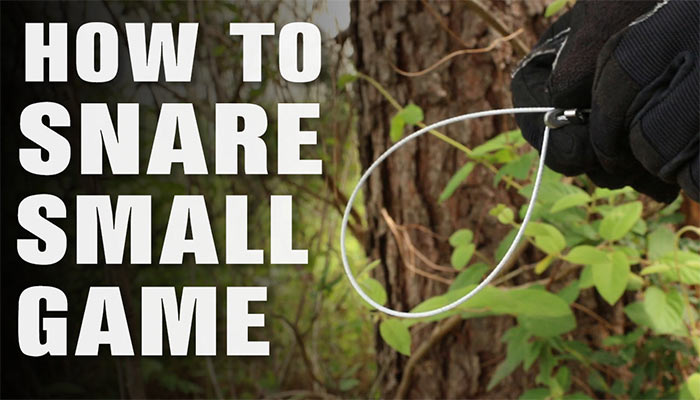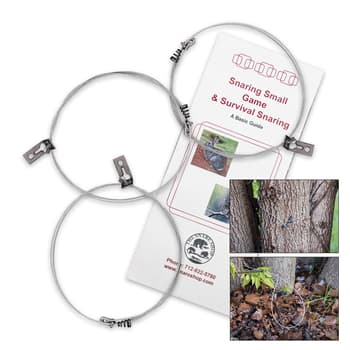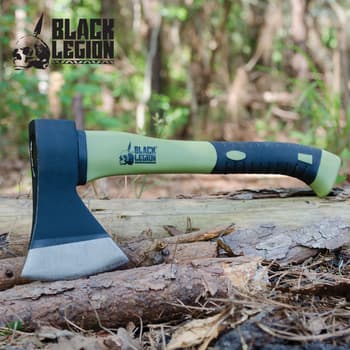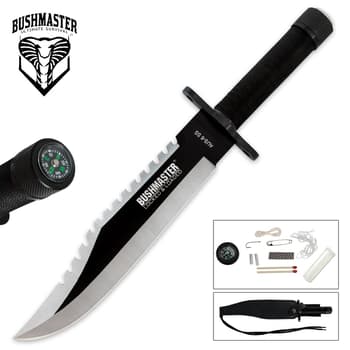How To Snare Small Game

Snares are probably the simplest trap to make and require only thin wire or cord. The basic concept is that the animal is caught in a noose. The idea is that your intended prey will run head-first into the noose and it will slip closed around its neck. In a survival situation, you need every advantage available to you. Small game snares are light and cheap, so there's no excuse for not throwing five or ten in your pack before you head out. In the video below, we will show you the basics of preparing and setting up your small game snare in ten easy steps.
The first thing that you need to do is identify an animal trail, which is a path that animals will frequent and often can be found around a common watering hole. You can also identify animal paths by looking for signs of activity like droppings, tracks and signs of feeding. If you find a burrow entrance to place your snare in front of, it’s even better. Put on your gloves before you even touch your snare so that you can mask your scent. Using your knife, make a stake, then, make a loop in your snare to attach to the stake. Using your hatchet, pound the stake into the ground to anchor your snare. Make your snare loop and make it just a little bit smaller than your fist. Attach the guide wire (or twig) to support the snare and then secure the snare about 2 to 3” above the ground. The last thing that you need to do, for safety’s sake, is to mark your snare with a trail-marker.
The first thing that you need to do is identify an animal trail, which is a path that animals will frequent and often can be found around a common watering hole. You can also identify animal paths by looking for signs of activity like droppings, tracks and signs of feeding. If you find a burrow entrance to place your snare in front of, it’s even better. Put on your gloves before you even touch your snare so that you can mask your scent. Using your knife, make a stake, then, make a loop in your snare to attach to the stake. Using your hatchet, pound the stake into the ground to anchor your snare. Make your snare loop and make it just a little bit smaller than your fist. Attach the guide wire (or twig) to support the snare and then secure the snare about 2 to 3” above the ground. The last thing that you need to do, for safety’s sake, is to mark your snare with a trail-marker.



